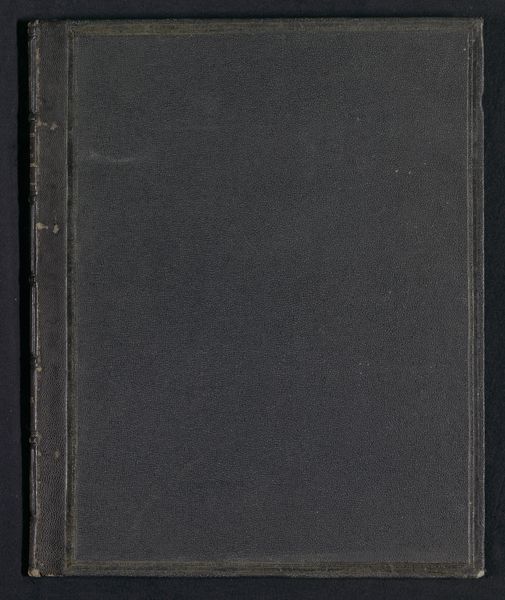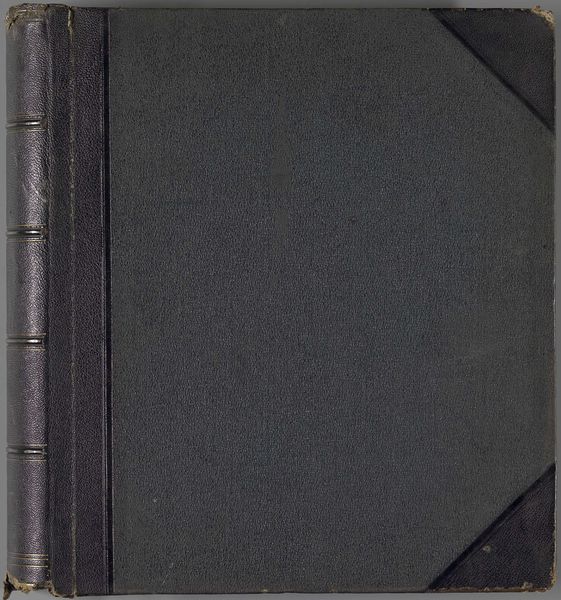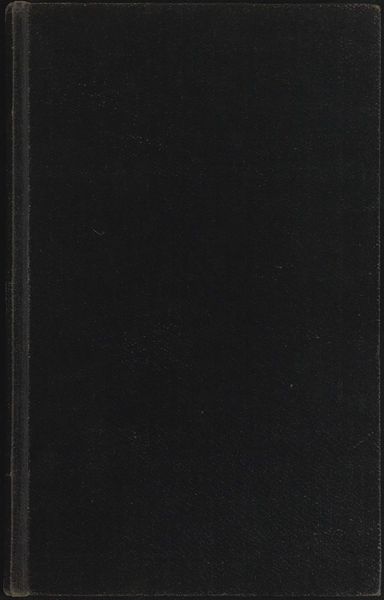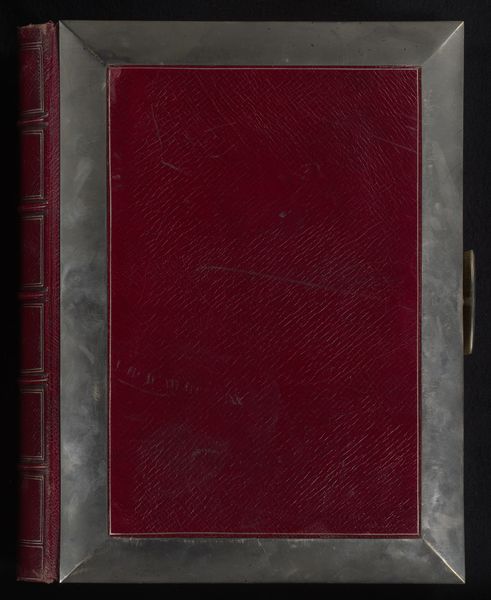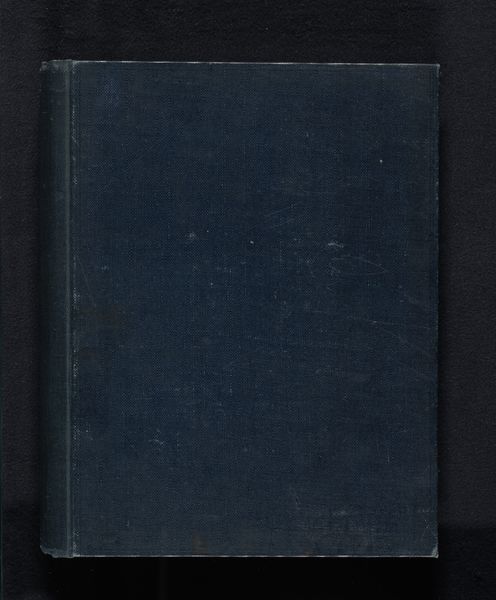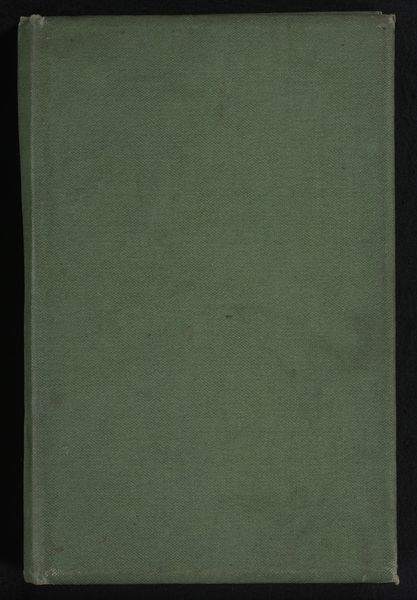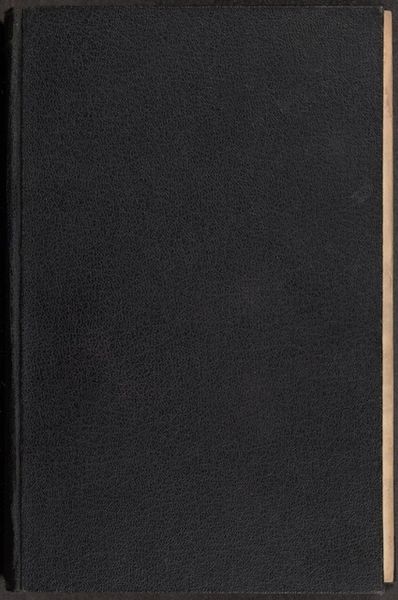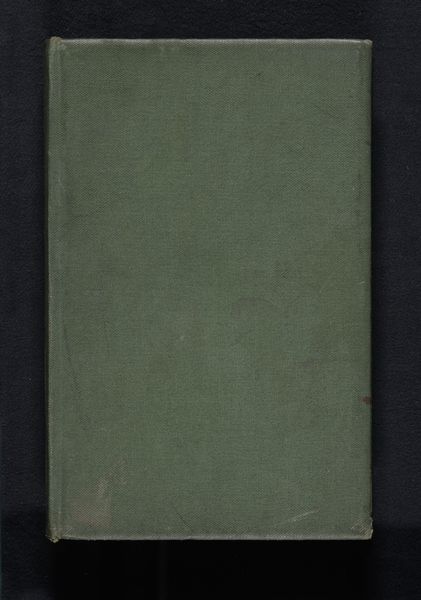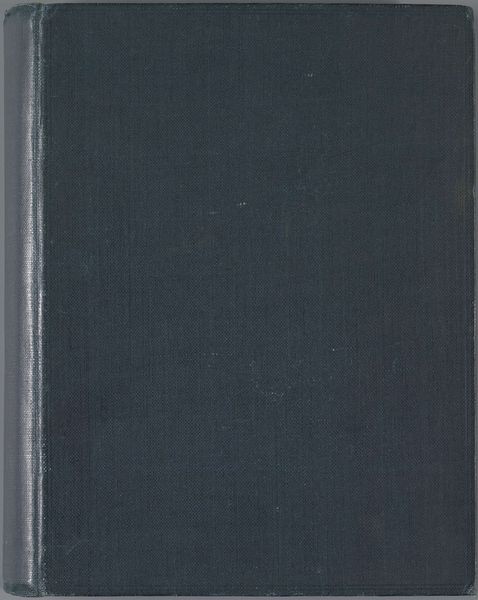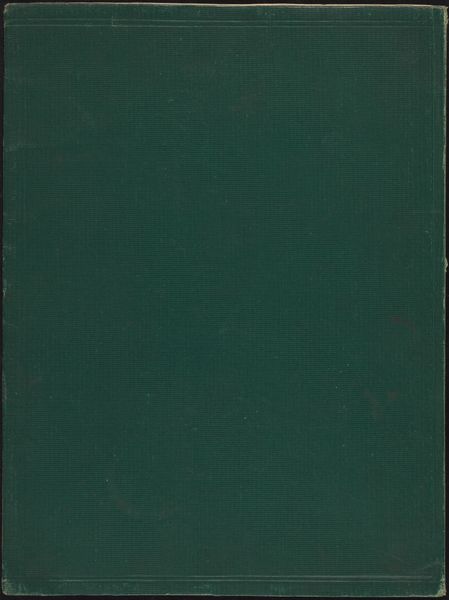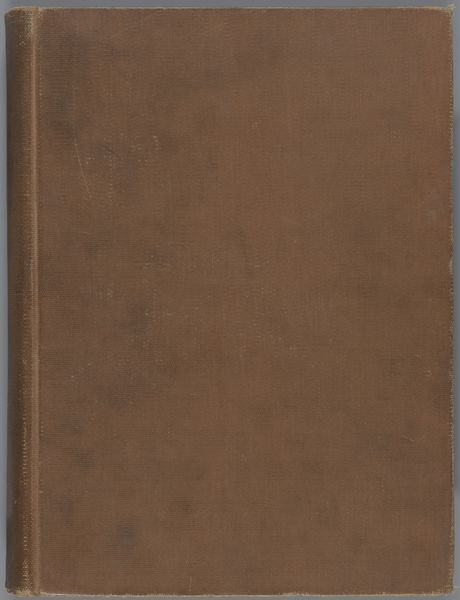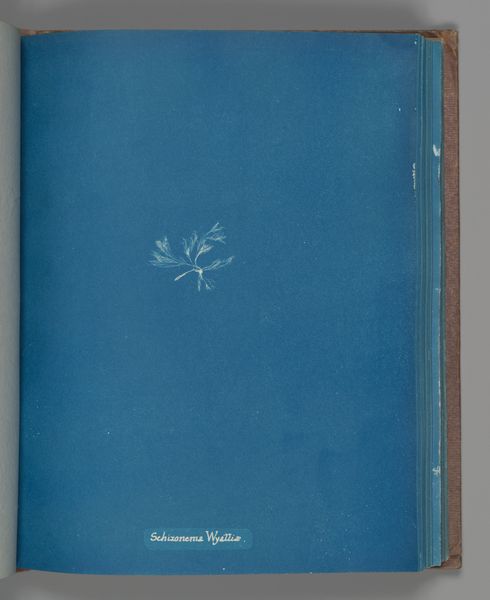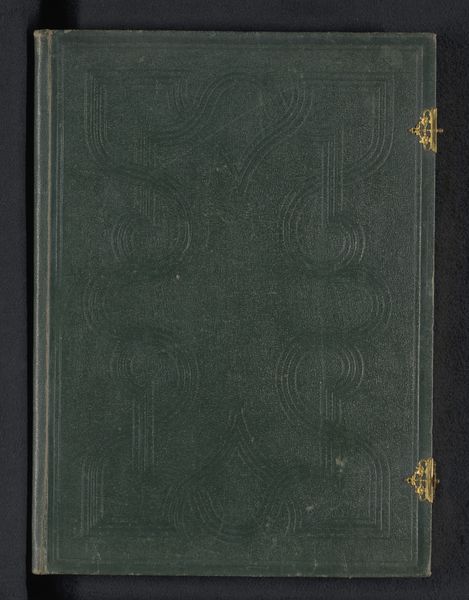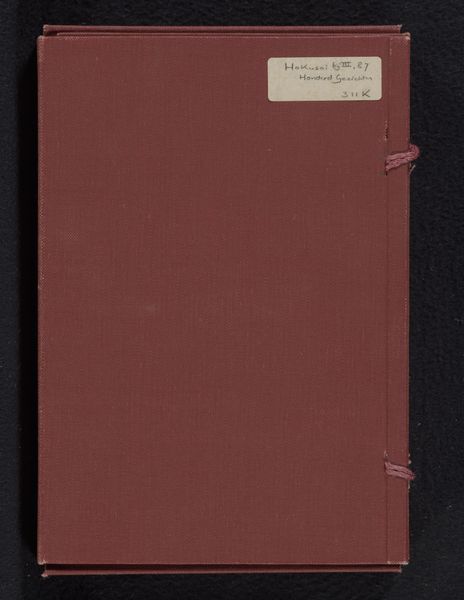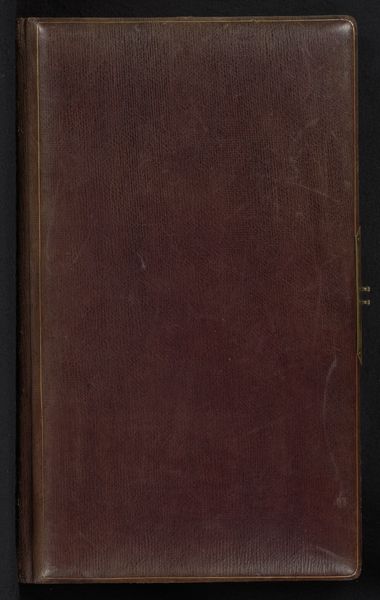
Album met voorstellingen van oorlogsschade van de Eerste Wereldoorlog in Reims c. 1915 - 1940
0:00
0:00
print, photography
# print
#
photography
Dimensions: height 188 mm, width 125 mm, width 255 mm, thickness 42 mm
Copyright: Rijks Museum: Open Domain
Curator: We’re looking at a bound album, undated but believed to be from sometime between 1915 and 1940. It contains prints and photographs related to war damage during World War I in Reims. Editor: My initial impression is one of containment. This somewhat drab, army-green cover, adorned only with the word “ALBUM” in simple art deco letters… It feels like a vault holding terrible secrets. Curator: The format itself, the album, speaks to a desire to order and preserve traumatic events. The individual photographs, mass-produced as they were, were then curated, bound together. There’s a social act inherent in the collecting, arranging, and presenting of these images of destruction. What statement is being made, and for whom? Editor: War always finds its symbols, doesn't it? The ruined building, for instance, transcends mere architecture, becoming an emblem of loss, resilience, perhaps even folly. It’s about a cultural memory being constructed. I wonder about the intended audience. Were these mementos for soldiers, souvenirs for visitors, or documents for future generations to ponder the cost of conflict? Curator: Possibly all of the above. These albums circulated within a specific economy of trauma. Think of the paper used for the prints, the printing press as a site of production, even the binding glue--all material traces connected to a massive industrial enterprise sustained by, and perhaps profiting from, devastation. Editor: Yes, the album as object definitely has weight, and speaks to the cultural and psychological need for order after chaos. Perhaps, at its core, this "ALBUM" represents humanity's recurring desire to somehow master the unmasterable, giving meaning to the rubble through carefully selected images. Curator: Precisely. By understanding the production of these objects, their material context and circulation, we gain insights into the processes of grief, memory, and meaning-making in the aftermath of war. It's not just about the images; it’s about the act of assembling them. Editor: A fascinating example of how an object so seemingly simple can unlock a deep reservoir of cultural anxiety, memory, and the enduring human struggle to make sense of tragedy.
Comments
No comments
Be the first to comment and join the conversation on the ultimate creative platform.
